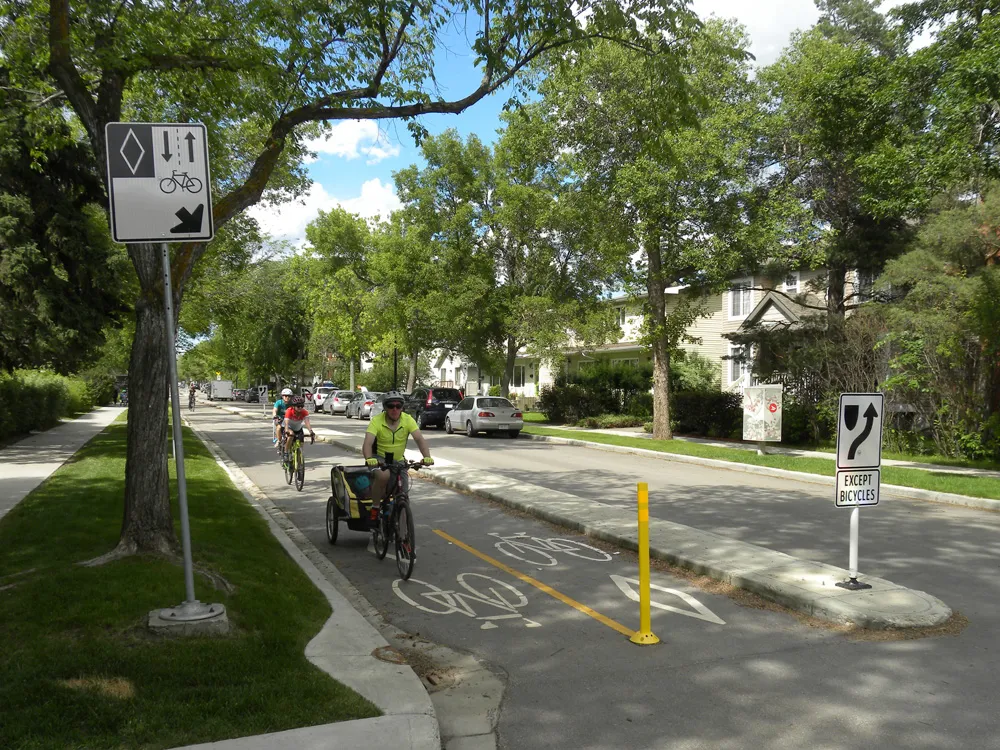
Rather fittingly,
In the case of the MC5620, the company’s algorithms interprets the output to detect bicycles with what is said to be 99% accuracy in real-world conditions - both on dedicated bike paths and in separated on-road bike lanes. The system provides analysis of cyclists’ speed and headway and it filters volumes by speed and direction to provide a visualisation of conditions during peak cycling periods.
MetroCount also has updated the cycle analytics on its Traffic Executive software to distinguish varying patterns of axles to improve the accuracy with grouped cyclists on travelling on non-separated roads.
Its MC5606 remote traffic classifier is designed for semi-permanent traffic surveys or high value, critical temporary sites and uses pneumatic axle sensors for vehicle monitoring coupled with remote access for diagnostics and data download. The remote access uses the mobile data network via MetroCount’s FieldPod solution to transfers traffic data directly into subscriber’s inbox.
Subscribers retain full ownership and control over their data.










